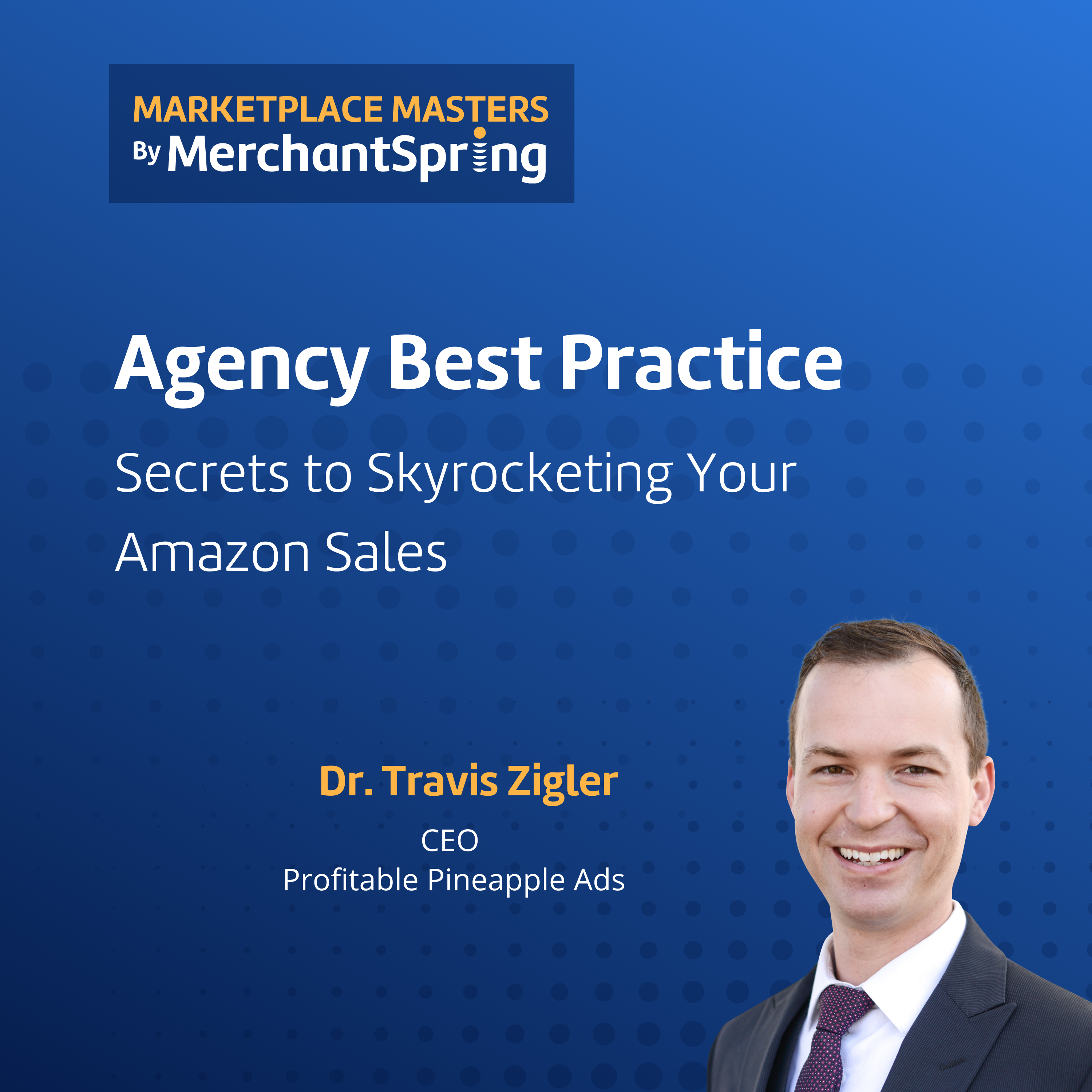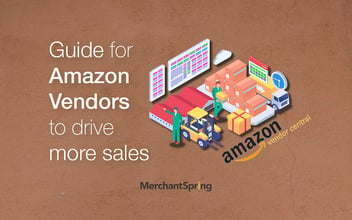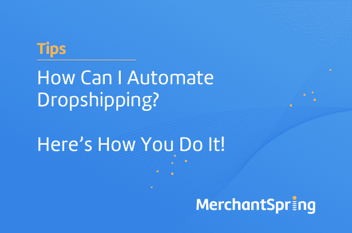Strategies to Drive Your Business to New Heights
Overview
In this episode, Dr Travis Zigler, the CEO of Profitable Pineapple Ads, joined Paul Sonneveld and discussed his expertise in audience building and growing brands with Amazon. Learn practical actions and insights for achieving success in the e-commerce world.
Driving Business to Success
Building an audience, serving that audience, and differentiating products are three key strategies for achieving unprecedented growth in business. This is the central theme discussed in a podcast episode featuring Dr Travis Zigler, a recovering optometrist turned e-commerce entrepreneur. Dr Zigler shares his valuable expertise and perspectives on how to build a thriving email list and drive growth for an Amazon business.
He wanted to build a real business by serving an audience and focusing on a specific person's needs. What sets Dr Zigler's approach apart is that it goes beyond the typical method of using Google Ads to drive traffic directly to an Amazon listing. Instead, he emphasizes the importance of building a genuine audience and serving them through valuable content. By doing so, businesses can establish a connection with their target customers and differentiate their products.
Find your meaningful why

Dr Travis Zigler emphasizes the importance of understanding your purpose and what drives you. He encourages individuals to think long-term and consider what they want to be doing with their lives, rather than solely focusing on short-term financial gain.
So the first thing you have to know about your brand and about you is what is your why?... What is your why? Who do you want to serve? What lights you up? What tugs at your heartstrings? What do you want to be doing with the rest of your life? Don't think short term as far as cash flow, think about what do I want to be doing 10 years from now?
- Dr Travis Zigler, CEO Profitable Pineapple Ads
Once the "why" has been established, the podcast delves into the practical steps of building a brand and driving sales. Dr Zigler suggests finding keywords related to the problem your business solves. He uses the example of dry eyes and explains how he would research keywords such as blepharitis, meibomian gland dysfunction, and styes. By identifying these keywords, businesses can better understand their target audience and tailor their marketing efforts accordingly.
Product-based keywords tend to be more competitive and expensive, with higher cost-per-click rates. On the other hand, problem-based keywords often have lower competition and cost-per-click rates. By targeting these low-cost keywords with high search volume, businesses can generate a significant amount of traffic to their website at a lower cost.
Problem-Based Blog Posts
Problem-based blog posts are a powerful tool for businesses to attract and engage their target audience. By identifying common problems or pain points that customers face and providing valuable solutions through blog content, businesses can position themselves as industry experts and build trust with their audience. This approach not only helps businesses establish themselves as thought leaders but also allows them to showcase their products or services as the solution to these problems.
The speaker explains the process, they create a blog article around top keyword results, providing information on what it is, what causes it, and how to treat it. Within the blog post, they include Amazon attribution links, which allow them to track conversions and sales generated from the blog post.
By addressing the specific problems or pain points that customers face, businesses can position themselves as experts and build credibility. This can help to establish a strong connection with the audience and increase the likelihood of them considering the business as a trusted source for solutions.
Consistency is key
And so it should all be congruent. The more that all flows together, the higher your conversion rate's going to be and the better your Ads are going to be.
One of the key takeaways from the podcast is the importance of having solid consistent branding and aligning all aspects of the brand, including products, messaging, and visuals, to create a cohesive and consistent experience for customers. When a brand has a clear and unified identity, it becomes easier for customers to understand and connect with the brand, have a smooth journey and reinforces recognition which can lead to higher conversion rates.
If a product is good enough, customers are more likely to come back to buy more and even try other products from the same brand. This is why it is crucial for brands to have a range of products that are aligned and cater to the same problem or need. By offering a comprehensive solution to a specific problem, the brand increases the likelihood of customers purchasing multiple products, thus improving conversion rates.
External Traffic Drive Sales
External traffic drives sales. This statement may seem obvious, but it is often overlooked by businesses, especially those who primarily rely on platforms like Amazon for their sales. Sending multiple forms of traffic to an Amazon listing, such as Amazon PPC, external traffic from websites, Google Ads, and social media ads, is highly beneficial. Amazon rewards this approach by increasing the listing's rank.
One of the key advantages of diversifying traffic sources is that it helps build up the ranking of a listing if it goes out of stock or gets taken down. This is crucial because losing rank can negatively impact sales. By sending a variety of traffic from different sources, businesses can quickly rebuild their rank and maintain a strong presence on Amazon.
Additionally, the speaker highlights the value of capturing email addresses through the traffic diversification strategy. By offering valuable incentives and providing consistent value to subscribers, businesses can build a strong email list. This email list becomes a valuable asset for monetization and further marketing efforts.
Service then Sell
People nowadays are wiser when it comes to getting the right product for them which makes the concept of "serve first, then sell" a crucial strategy for businesses. The goal is to provide so much value to the audience that they have no choice but to buy. This approach prioritizes serving the customer's needs and proving the worth of the product or service before asking for a purchase.
Well, primary purpose is to serve them, to figure out how to serve them and solve their problem. But you want them to buy your product. That's what's going to pay the bills, right?
The idea behind "serve first, then sell" is to build trust and credibility with the audience. By offering valuable content, insights, and resources for free, businesses can establish themselves as authorities in their industry. This approach allows potential customers to see the value and expertise that the business brings to the table.
Conclusion
The key to making Dr Zigler's strategy work is having a clear understanding of the problem you aim to solve and the specific person you want to serve. Additionally, the product being offered must be differentiated in some way, ensuring that it stands out from generic commodities. This differentiation can be achieved through unique features, superior quality, or a compelling brand story.















Add a Comment